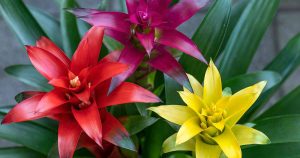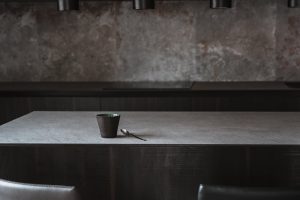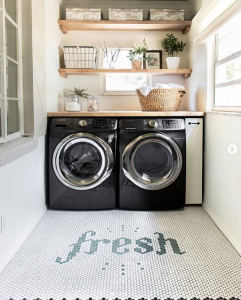
Happy Monday GPODers!
I’m very excited to start the week back in the garden of Suzannah Pugh. Several weeks back, I shared a couple photos Suzannah sent over in compilation post that featured two other gardens (check that out here). The little snippet we got to see of her space was magical, and I was eager to see more. Over the past couple weeks I was thrilled when I saw a handful of emails come in from Suzannah, showcasing different aspects of her garden and how they came to be. I finally had the chance to gather all of her submissions together, and below is a gorgeous tour through her small space and the changes that shaped it over the years.
Hello! I’m Suzannah Dolanc Pugh. I have a .36 acre yard in Springfield, Missouri, garden zone 6b.
I wanted to share some photos of what I call my “Swing Garden.” This garden was imagined after losing a very large silver maple tree (Acer saccharinum, Zones 3–9). Half of the yard, including the swing and play-set that my children played on daily went from full shade to full sun. I mourned the loss of the tree for several weeks, and then started to feel a bit of excitement over creating and imagining a whole new, and very sunny space. We did plant a very large red oak to replace the maple, but we won’t have shade for many years now. The garden area was executed in several phases over the next few years.
The sad pile of mulch that was left of the maple tree that came down.
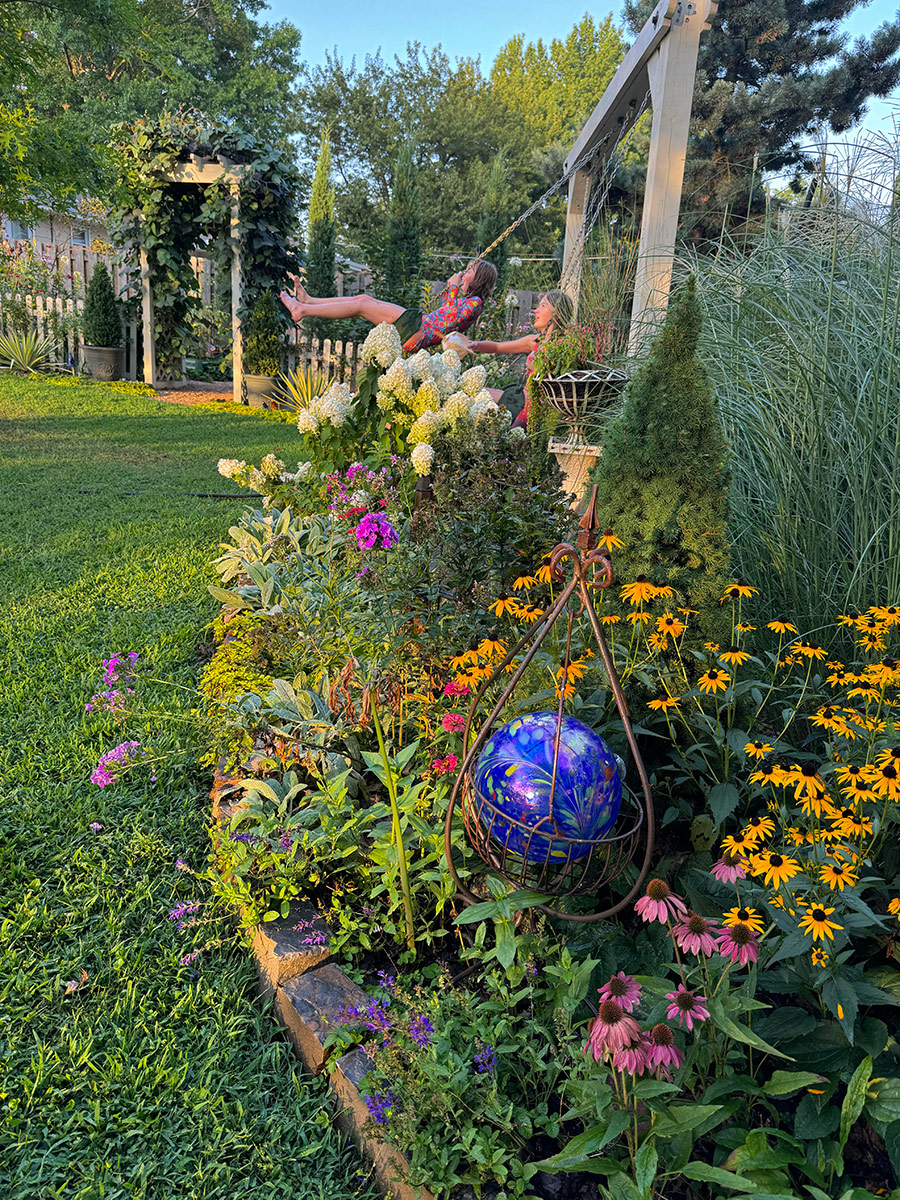 The first year after the tree was gone, we planted new trees and had a permanent swing structure and an arbor installed. I knew I wanted to make a pollinator garden around the new swing structure, so we started with some echinacea, and some flowering shrubs: Pink ‘Polka’ weigela (Weigela florida ‘Polka’, Zones 4–9) and a Chinese snowball viburnum (Viburnum macrocephalum, Zones 7–9). The second year we added the picket fencing, raised garden beds, five Taylor junipers (Juniperus virginiana ‘Taylor’, Zones 3–9), smokebush (Cotinus coggygria, Zones 4–8), maiden hair grasses (Miscanthus sinensis ‘Gracillimus’, Zones 4–9), ‘Color Guard’ yucca (Yucca filamentosa ‘Color Guard’, Zones 5–10), and herbs, vegetables and cutting flowers. The third year we added herbaceous perennials. Salvias, rudbeckia, nepetas, phlox, lambs ear and many more.
The first year after the tree was gone, we planted new trees and had a permanent swing structure and an arbor installed. I knew I wanted to make a pollinator garden around the new swing structure, so we started with some echinacea, and some flowering shrubs: Pink ‘Polka’ weigela (Weigela florida ‘Polka’, Zones 4–9) and a Chinese snowball viburnum (Viburnum macrocephalum, Zones 7–9). The second year we added the picket fencing, raised garden beds, five Taylor junipers (Juniperus virginiana ‘Taylor’, Zones 3–9), smokebush (Cotinus coggygria, Zones 4–8), maiden hair grasses (Miscanthus sinensis ‘Gracillimus’, Zones 4–9), ‘Color Guard’ yucca (Yucca filamentosa ‘Color Guard’, Zones 5–10), and herbs, vegetables and cutting flowers. The third year we added herbaceous perennials. Salvias, rudbeckia, nepetas, phlox, lambs ear and many more.
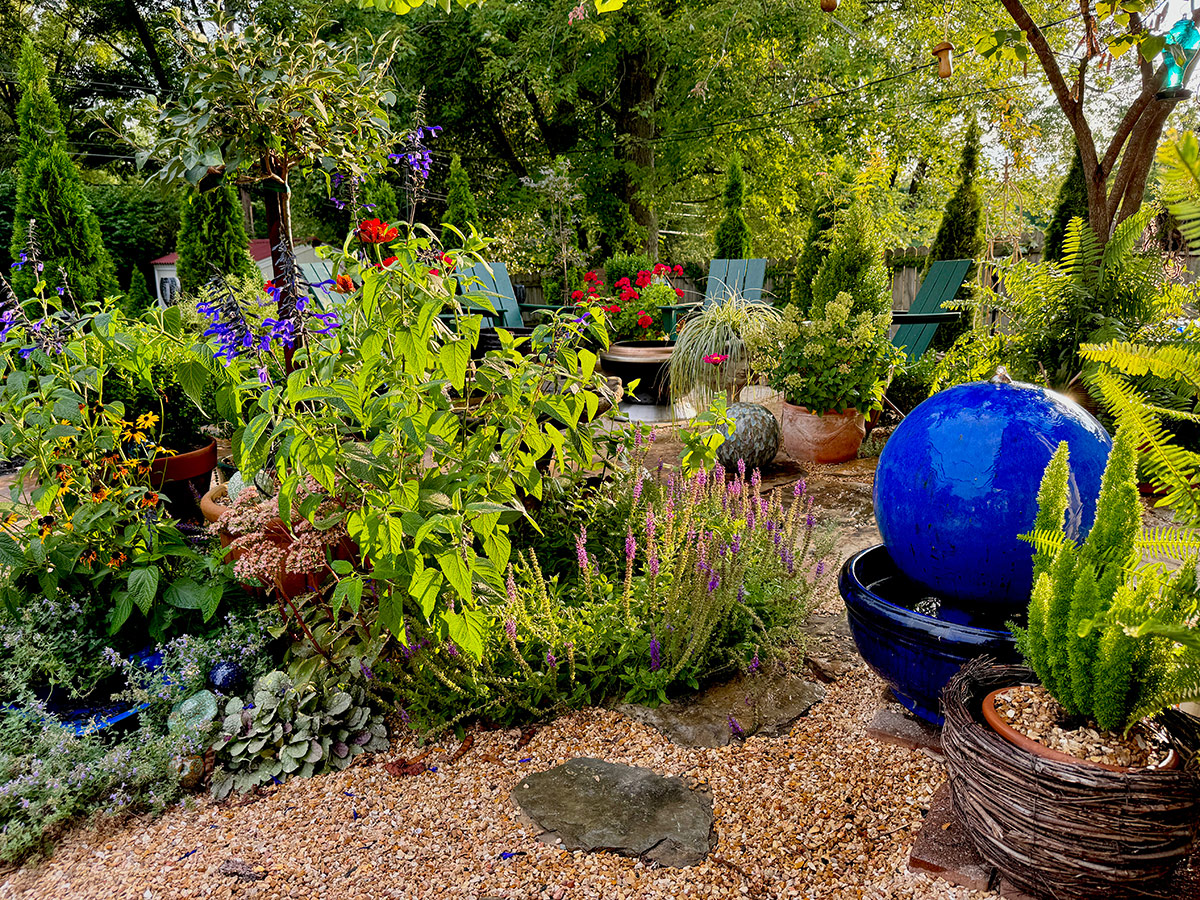 I was reflecting that the school year is starting soon, and I feel almost as blue as this cobalt blue fountain on my patio garden. However, I do feel a hum of excitement too, and I started thinking about all of the parallels that raising children and gardening seem to carry. Chief among the similarities is the constant change. Often there are many variables we can’t control, but there are a few important ones we can.
I was reflecting that the school year is starting soon, and I feel almost as blue as this cobalt blue fountain on my patio garden. However, I do feel a hum of excitement too, and I started thinking about all of the parallels that raising children and gardening seem to carry. Chief among the similarities is the constant change. Often there are many variables we can’t control, but there are a few important ones we can.
The photo above is of my patio garden. It was constructed with large slabs of Arkansas stone and pea gravel. Smaller Arkansas stones are used as stepping stones in the foreground. To highlight the cobalt blue of the fountain, I planted ‘Black and Blue’ cobalt salvia (Salvia guaranitica ‘Black and Blue’, Zones 8–10 or as an annual). You might also notice some pops of blue ornamentation hiding in the ‘Cat’s Meow’ nepeta (Nepeta × faassenii ‘Cat’s Meow’, Zones 3–8) and ajuga. The mix of blue and yellow ‘American Gold Rush’ rudbeckia (Rudbeckia ‘American Gold Rush’, Zones 3–9) might be my favorite part!
 As you can see I have a fairly small, concrete slab covered patio, and we decided to expand the area to make a separate seating area.
As you can see I have a fairly small, concrete slab covered patio, and we decided to expand the area to make a separate seating area.
We had several reasons for wanting to create a second patio area off of the existing patio. First of all, a designated fire pit area is very nice. Until we had this patio, we sat in our driveway with the firepit and folding chairs. It was fine, but didn’t quite have the aesthetic benefits that gardening can provide! Another reasons for the second space was to locate a shadier spot for the late afternoon and early evening hours when we often found ourselves wanting to use the patio. The existing patio, even with its roof, doesn’t keep out that intense, and hot, lower evening sun. Shifting the new patio over gave us the benefit of very filtered light and much cooler temperatures. The last added benefit of the area is that it helped to break up our large, very square back yard. The added Emerald Green arborvitae (Thuja occidentalis ‘Emerald Green’, Zones 3–8) and plant border, makes this patio area feel secluded from the rest of the yard.
In the photo above, you can see that the new patio has two oval gardens inside. One oval has a redbud tree that we planted when we made the patio. It’s large enough now it has coral bells, ferns and various ground covers underneath. The second oval area is sunny enough that I can grow sunny perennials like nepeta, rudbeckia, salvias, and annual zinnias.
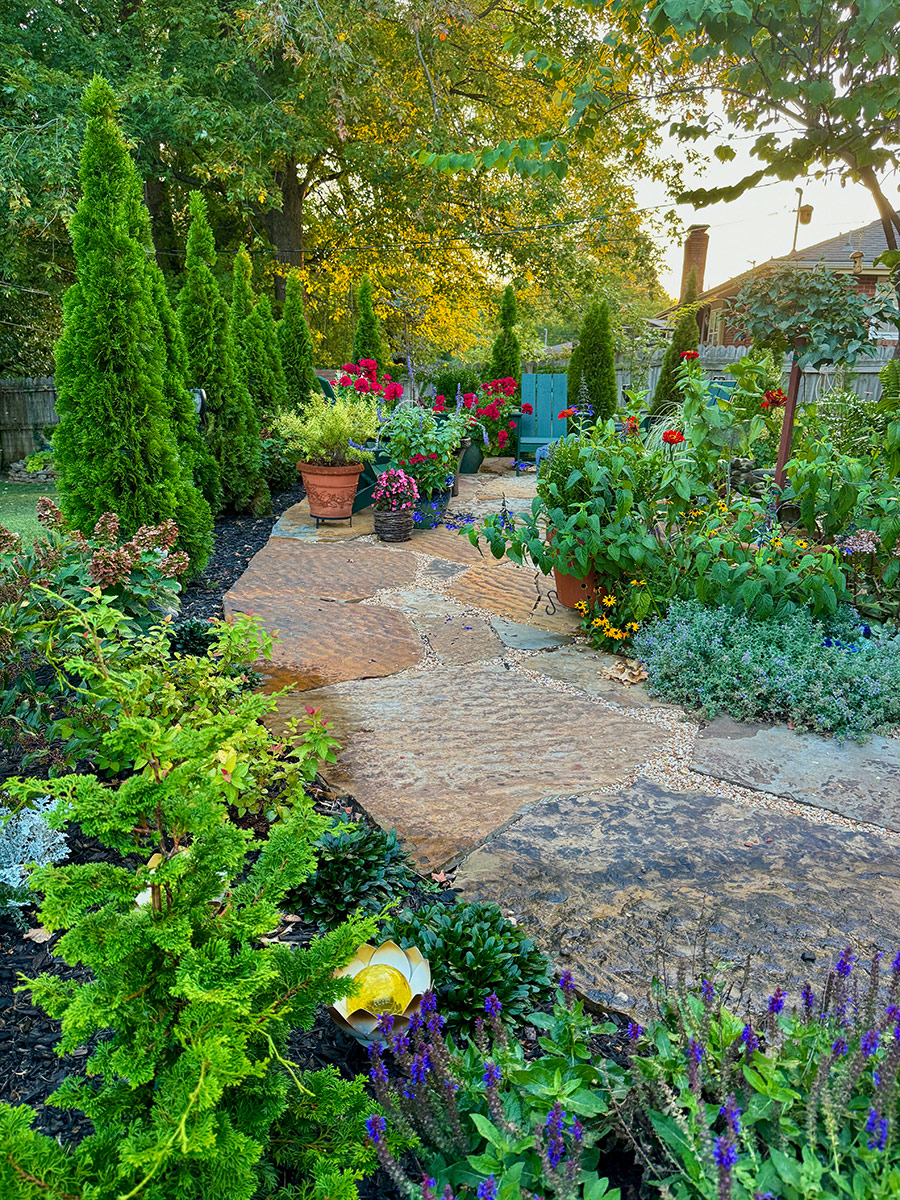 You’ll see I like to use cobalt blues and green. I have blue fountains, bird baths, and garden balls. I have green and blue ceramic pots and green patio cushion furniture. I’ve planted blue salvias (‘Black and Blue’ and Salvia sylvestris ‘Caradonna’, Zones 4–9) to tie in more of the blue.
You’ll see I like to use cobalt blues and green. I have blue fountains, bird baths, and garden balls. I have green and blue ceramic pots and green patio cushion furniture. I’ve planted blue salvias (‘Black and Blue’ and Salvia sylvestris ‘Caradonna’, Zones 4–9) to tie in more of the blue.
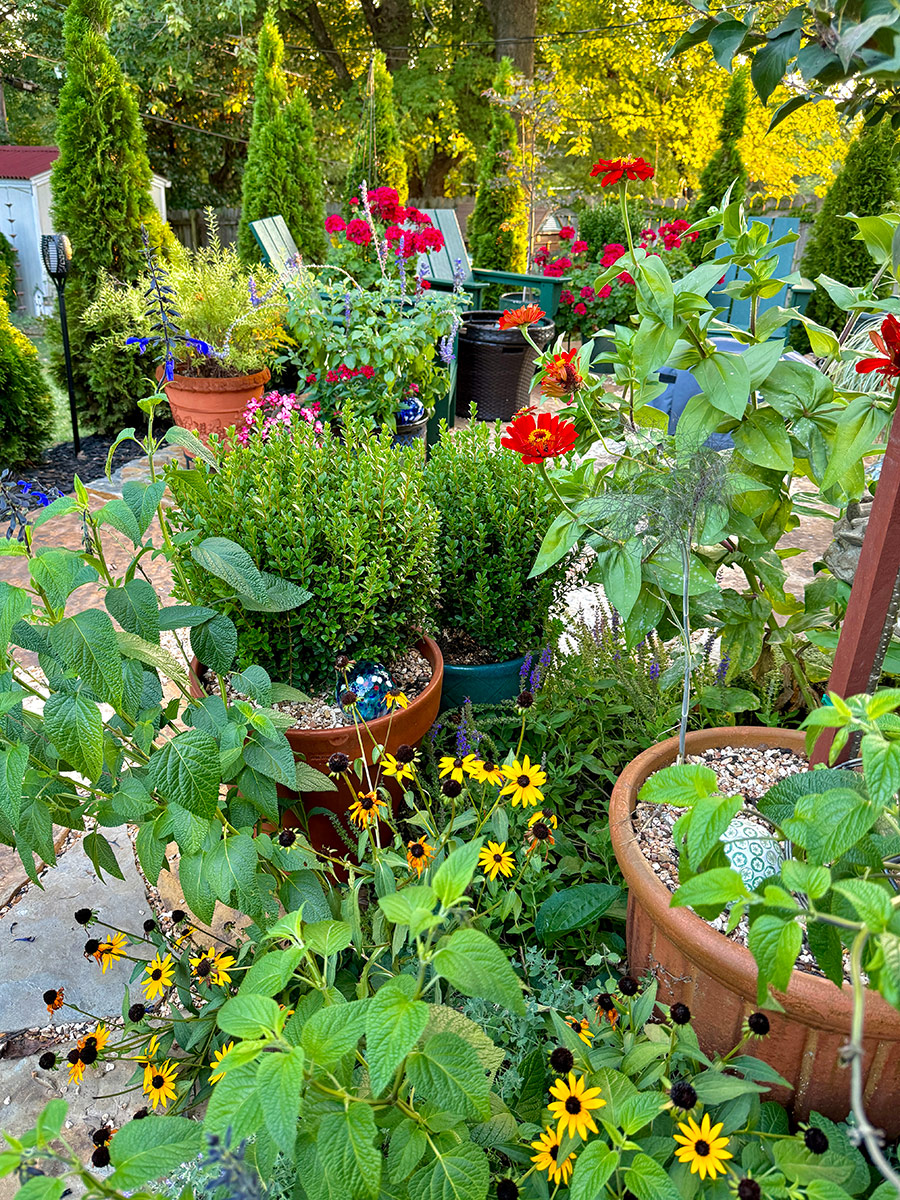 The second oval area is sunny enough that I can grow sunny perennials like nepeta, rudbeckia, salvias, and annual zinnias. I enjoy having boxwood and maples in pots all year long.
The second oval area is sunny enough that I can grow sunny perennials like nepeta, rudbeckia, salvias, and annual zinnias. I enjoy having boxwood and maples in pots all year long.
Thank you for sharing more of your gorgeous garden with us, Suzannah! From the little peek we got to see before, I knew there were so many other fabulous sights to see. And I hope this encourages more GPOD readers to submit bits of their garden. Even if all you can share right now is one photo, I promise the rest of the GPOD community is eager to see what you’re growing!
Have a garden you’d like to share?
Have photos to share? We’d love to see your garden, a particular collection of plants you love, or a wonderful garden you had the chance to visit!
To submit, send 5-10 photos to [email protected] along with some information about the plants in the pictures and where you took the photos. We’d love to hear where you are located, how long you’ve been gardening, successes you are proud of, failures you learned from, hopes for the future, favorite plants, or funny stories from your garden.
Have a mobile phone? Tag your photos on Facebook, Instagram or Twitter with #FineGardening!
Do you receive the GPOD by email yet? Sign up here.
Fine Gardening Recommended Products

Gilmour 811673-1001 Sprinkler
– 43-ft. spray distance (up to 5, 800 sq. ft. coverage)
– Adjustable collar for partial- to full-circle coverage
– Dial precisely sets spray distance
– On/off switch eliminates trips from sprinkler to spigot
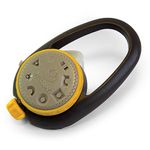
Nelson Multi-Pattern Stationary Sprinkler
– 8 Pre-Set Watering Patterns
– Impact-resistant, plastic base
– Soft grip on multi-pattern head

Dramm 17050 50′ ColorStorm 1/2″ Standard Soaker Hose
– Provides sufficient amounts of water to the garden without the hassle of hand watering
– Conveniently waters garden and beds
– 50 ft. by 1/2 inch diameter made from recycled material; lifetime guarantee
– Made in the USA
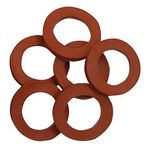
Gilmore Rubber Hose Washer 10pk
– Live red rubber construction, 3/4in. washers
– Clip of 10
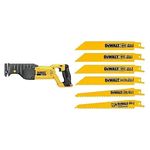
DeWalt Variable-Speed Cordless Reciprocating Saw with 6-Piece Saw Blade Set
You can fit a variety of blades to this saw to cut fallen branches or prune larger limbs from trees in a pinch. It’s fast, tough, easy to use, and extremely versatile.
– 18.31 x 6.13 x 4 inches
– 1-1/8-inch stroke length
– Variable speed trigger with 0-3000 spm
– DW4856 Metal/Woodcutting Reciprocating Saw Blade Set, 6-Piece

